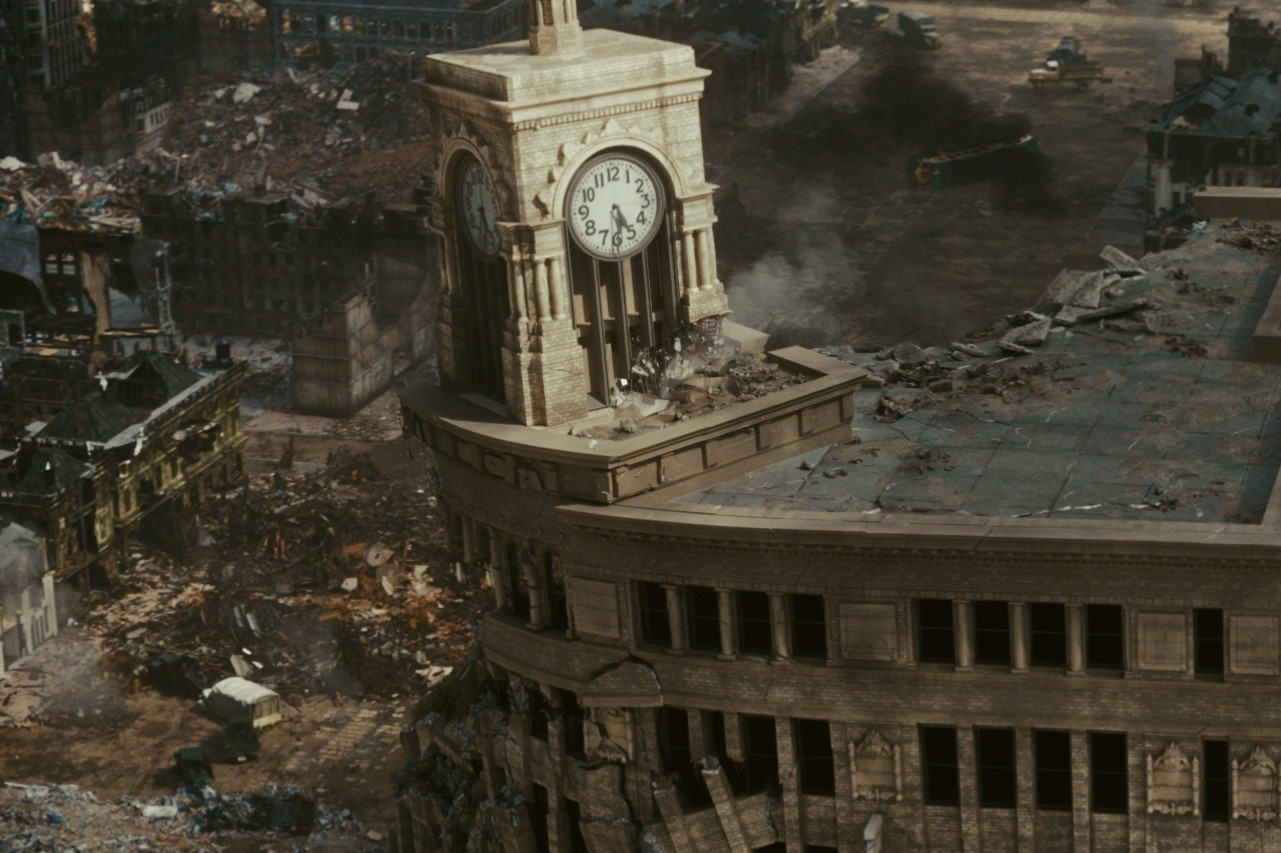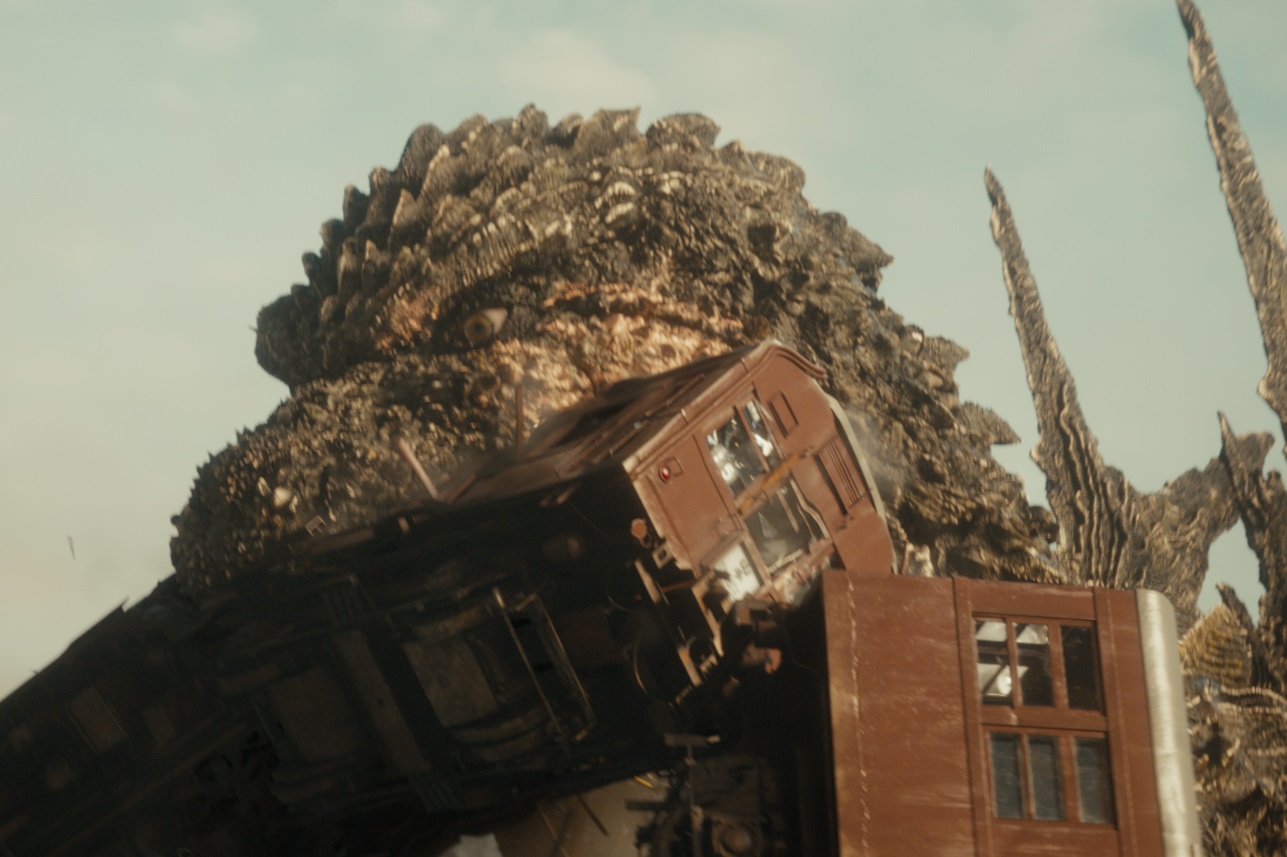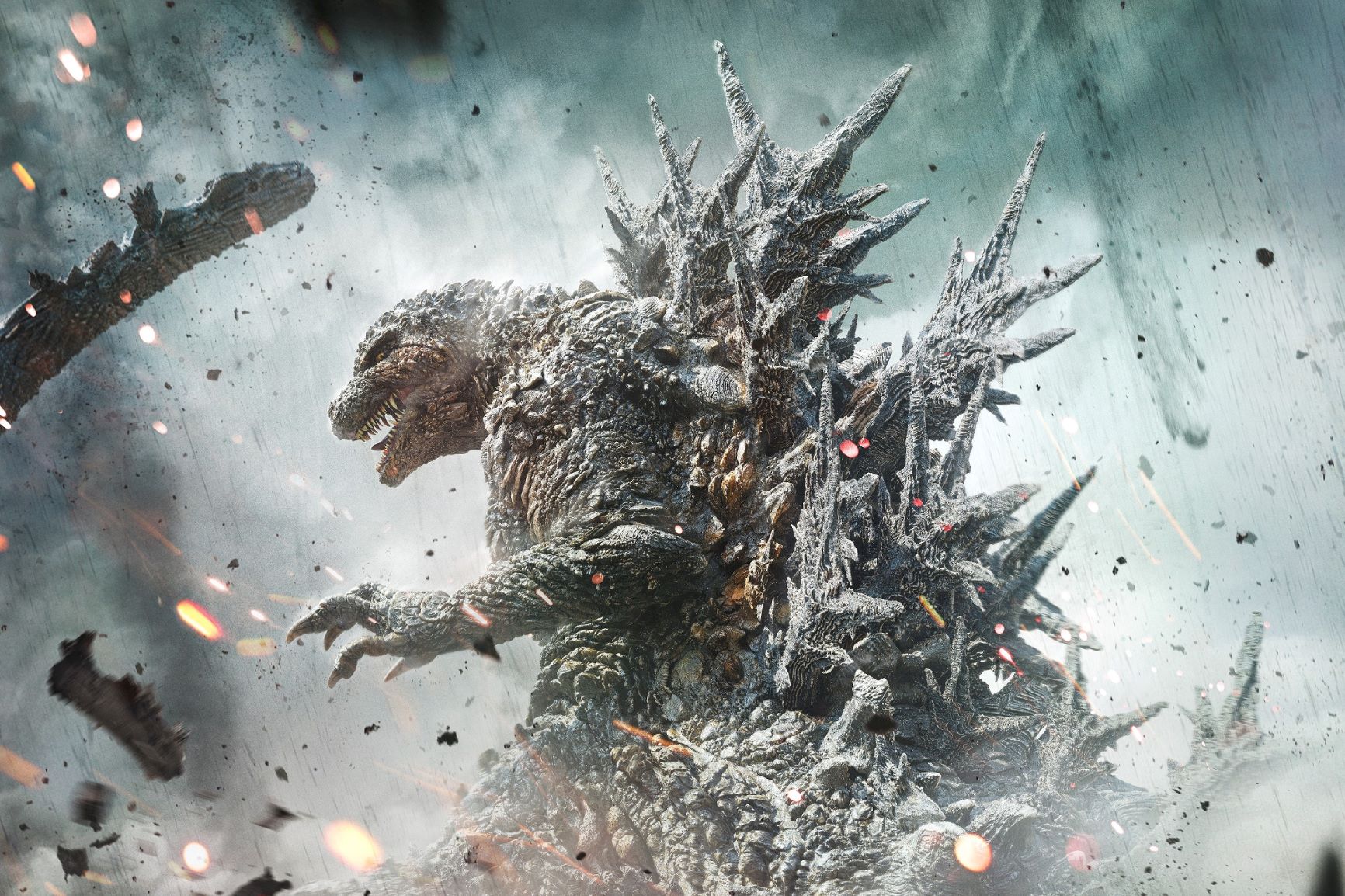It may seem strange to call the recently released Godzilla Minus One “a film about hope,” given that it deals with post-war devastation in Japan, starvation, the atomic bomb, orphaned children and tens of thousands of people being killed. But it also stars a giant monster that has been reimagined as a prehistoric nuclear pistol, and if you can accept that, you can also believe that the 37th installment of the famous kaiju franchise may actually leave audiences feeling more positive about life and humanity in general.

Godzilla-1.0 leading cast members: Ryunosuke Kamiki and Minami Hamabe ©2023 TOHO CO., LTD.
Earth’s Defender No More
Released on November 3 to commemorate the 70th anniversary of the first Godzilla (1954) movie, Minus One appropriately goes back to the past, not just chronologically (though it does take place in the early post-war period) but also thematically. In recent years, Godzilla has often been depicted as Earth’s defender.
The monster still causes plenty of destruction, but nowadays it is usually to protect humanity from an even bigger threat. It wasn’t like this in the first movie where Godzilla personifies the power of nuclear weapons, raining down death and devastation on humanity. That’s the Godzilla given to us by the film’s director and writer, Takashi Yamazaki. Not just a monster, but a horrifying and seemingly unstoppable force of nature.
Battling against this towering, ancient god is Koichi Shikishima (Ryunosuke Kamiki), who encountered Godzilla during the war and became so mentally scarred by it, his mind never fully recovered. In the movie, finding oneself in Godzilla’s path is like witnessing one of the Great Old Ones from the Cthulhu Mythos. It’s basically taking a baseball bat directly to the psyche. A lot of it has to do with Godzilla’s design.

Godzilla-1.0: A trail of destruction ©2023 TOHO CO., LTD.
A Decaying Mountain of References
The new Godzilla looks like an unholy union of rock and flesh, not unlike a living mountain, possibly to hammer in the “horrifying force of nature” narrative. Its roar has also been redesigned and is adequately terrifying but not used excessively. This makes Godzilla look less “angry” and more “indifferent” to humans, as if we simply didn’t exist in its world but still needed to be punished for daring to disturb it with atom bombs.
It’s not a wholly new design, though, as Godzilla’s head looks like it was inspired by the design from the 1954 movie and then transplanted onto the body of the monster from Hideaki Anno’s Shin Godzilla (2016), only with beefier arms that put the “gorilla” in “Godzilla.” The monster’s Japanese name, “Gojira,” is famously a portmanteau of “gorilla” and “kujira,” meaning whale.
That, though, doesn’t mean that Yamazaki didn’t add anything truly original to the design. When his Godzilla is about to unleash its atomic breath, its back scales glow like in all other movies, but then they pop up with an audible click, bringing to mind the hammer of a gun being cocked right before a fatal shot. As symbolism goes, this one’s a bit heavy-handed, but it’s also memorable and, when watched on the big screen, very unnerving.

Godzilla-1.0 ©2023 TOHO CO., LTD.
The Hope Born from Losing Everything
Thankfully, Yamazaki opted not to directly copy the finale of the 1954 film where a scientist kills himself to defeat Godzilla. Despite the destruction of Japan depicted in the movie being massive and deadly, it surprisingly ends on just a bunch of positive notes playing a symphony of hope that finally puts the title of the movie within a proper context.
When it was first announced, the title Godzilla Minus One had many interpretations, all of them valid. Since the movie takes place a few years before 1954, point zero of the Godzilla franchise, it made sense for it to be a number preceding zero. A much more compelling interpretation of the title is that it refers to Japan being at its lowest following World War II and then, on top of that, also having to deal with a giant monster.
Here, however, is the thing about hitting rock bottom with nowhere lower to go — things can only get better. That’s the message the movie staggers towards near the end. The darkest hour, by its very definition, will always be followed by light. And you should continue to push forward until you get there, because there is an obligation for those to make full use of the gift of life to honor those who weren’t so lucky. It’s a message of hope wrapped in blood, death and screams. Watch Godzilla Minus One yourself to decide whether the movie conveys that message well.
Updated On November 14, 2023








